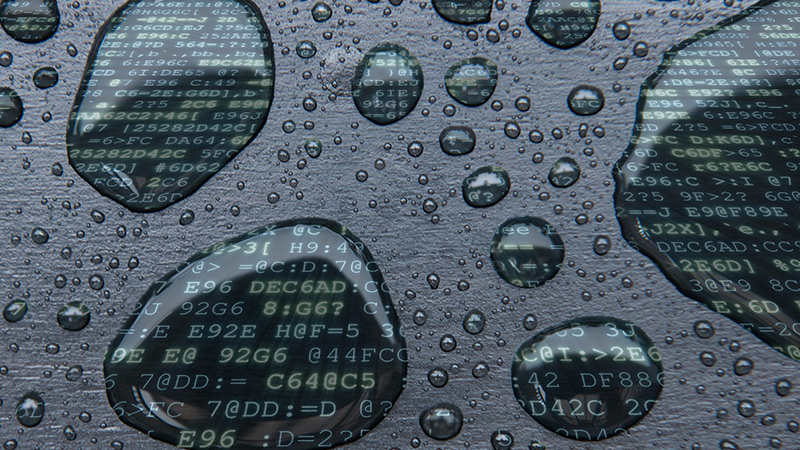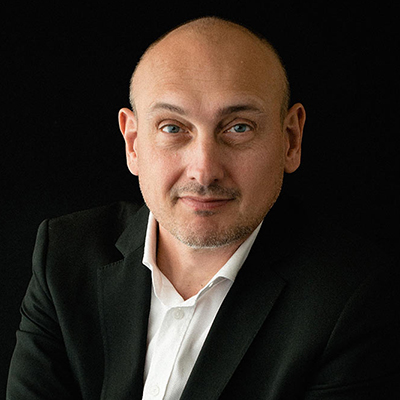If you think you water supply isn’t worth making a big fuss about then read up on what happened in Cape Town last year. After five years of falling water levels, the city faced a major shortage and almost got down to its last drop.
Cape Town was able to save itself only thanks to severe cutbacks on water use. But that such a shortage could happen to a big city in 2018 was a wake-up call for planners around the globe. Other cities aren’t taking any chances. Take Barcelona, for instance.
See also: How IoT could help reduce the number of water bottles
That city is using big data, machine learning, and artificial intelligence to help prevent problems that Cape Town faced.
Aigües de Barcelona, which looks after water supplies in the city, is collaborating with the Barcelona Supercomputing Center (BSC) on ways to improve supplies and help plants work better.
In one project, going live this year, the BSC is using big data to enhance the workings of a water treatment plant in Sant Joan Despí, near Barcelona. The plant uses reverse osmosis to remove salt from water taken from the Llobregat River.
As part of the process, pumps push water through a membrane to filter out the salt. When the membranes get dirty it takes more power to pump the water through. Frequent cleaning is costly and cuts the amount of water that can be processed.
The project aims to find a happy medium by looking at nine years’ worth of data from dozens of sensors in the Sant Joan Despí plant. This should help keep the plant running more smoothly while cutting its costs and carbon footprint.
“The idea is to be able to predict the state of the membranes so the cleaning can be planned in advance,” says Fernando Cucchietti, head of the data analytics and visualization group at the BSC. “Because of the number of records involved, this is clearly a big data job.”
The BSC is also working with Aigües de Barcelona on how the company’s control center handles the management of events in the water network. The project involves building a model of Barcelona’s water system, so managers can make decisions more easily.
See also: Sustainability and innovation go hand in hand
Last but not least, the BSC has helped Aigües de Barcelona develop a model that will help the water company to renew its distribution network in a more sustainable way. More projects are planned, says Elena Marzo Adam of Aigües de Barcelona.
“We have a lot of data that is under-used,” she says. “Any way in which we can get more value out of that data helps us in our day-to-day work.”
Gary Wong, a water expert at OSIsoft, says Aigües de Barcelona is not alone in looking to improve how it uses data.
Other water firms, such as Thames Water and United Utilities in the United Kingdom, are also delving into data to get better at things like power use, which Wong says can account for 30 percent of the cost of supply.
“Just by fine tuning your operations you can cut energy by up to 10 percent, which can mean millions in savings,” Wong says.
###
The contents or opinions in this feature are independent and may not necessarily represent the views of Cisco. They are offered in an effort to encourage continuing conversations on a broad range of innovative technology subjects. We welcome your comments and engagement.
We welcome the re-use, republication, and distribution of "The Network" content. Please credit us with the following information: Used with the permission of http://thenetwork.cisco.com/.



